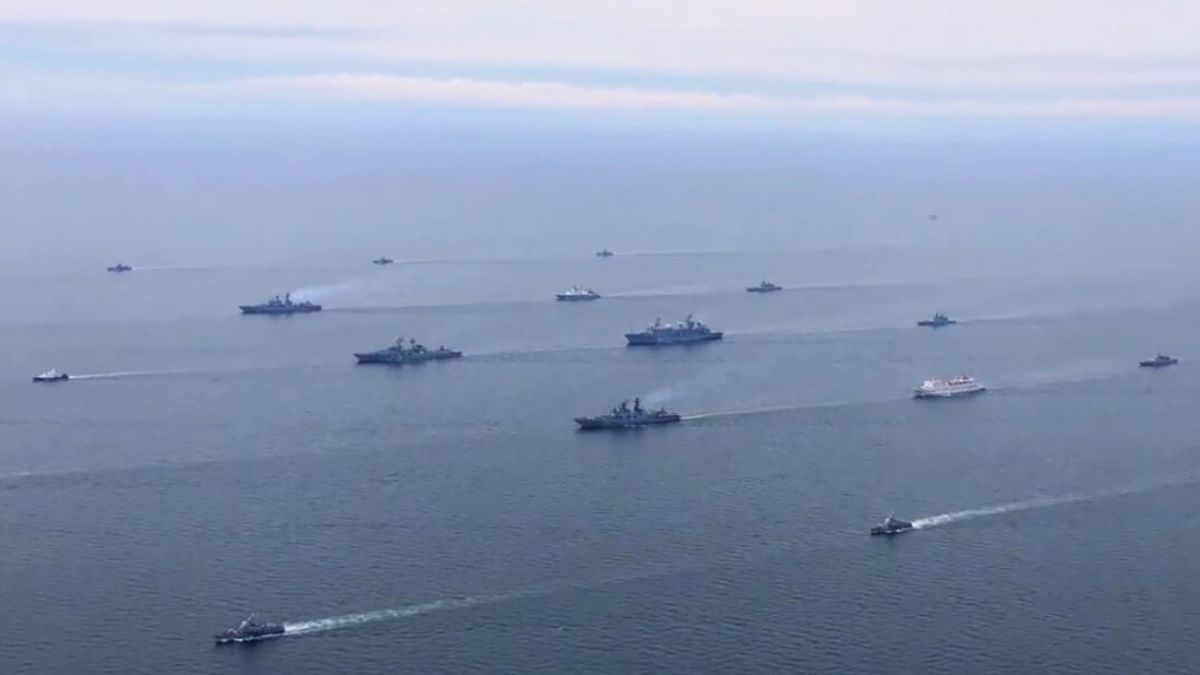Russia on Wednesday launched one of its largest multi-theatre naval exercises, involving more than 150 vessels, 120 aircraft, and 15,000 military personnel across the Pacific and Arctic Oceans as well as the Baltic and Caspian Seas. Dubbed “July Storm,” the drills will run from July 23 to 27 and are aimed at testing the operational readiness of the Russian Navy for advanced and non-traditional maritime warfare.
According to the Russian Ministry of Defence, the drills will focus on long-range precision weapons, unmanned systems, coastal missile defenses, and the ability to repel modern threats such as drone swarms and unmanned boats.
“At sea, ship crews will carry out deployment to combat areas, anti-submarine warfare, and defense of maritime economic zones,” the ministry stated. “They will also rehearse air defense, protection from unmanned attacks, and offensive strikes on enemy naval groups.”
Navy Chief Admiral Alexander Moiseev is leading the high-profile exercises. The ministry emphasized the drills’ emphasis on integrating cutting-edge naval technologies, including autonomous systems and advanced missile platforms.
Despite recent setbacks in the Ukraine conflict, Russia continues to project its naval strength globally. With the third-largest navy in the world after China and the United States, the Kremlin appears intent on reaffirming its maritime influence and enhancing inter-fleet coordination under increasingly complex combat scenarios.
Western analysts are closely monitoring the drills, which come amid heightened tensions with NATO and a broader shift in global maritime power dynamics.













